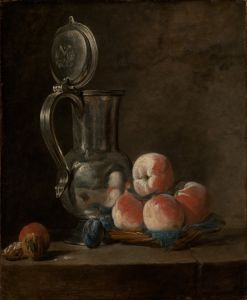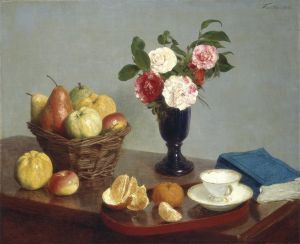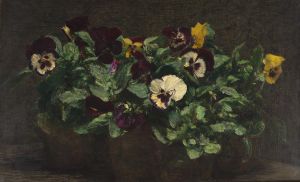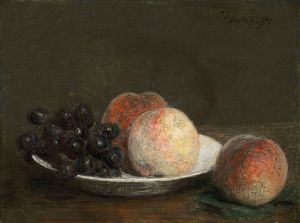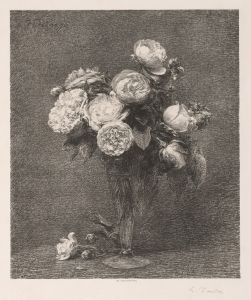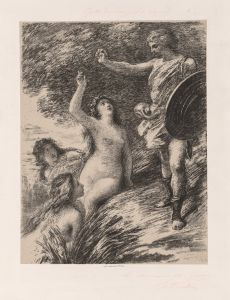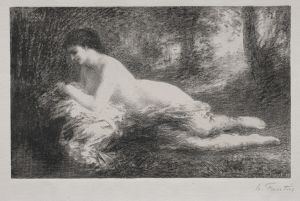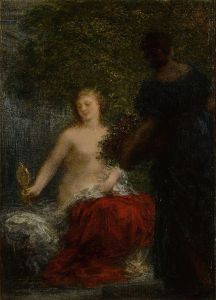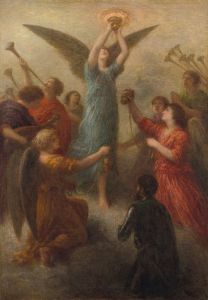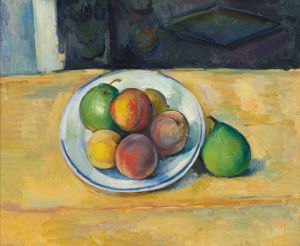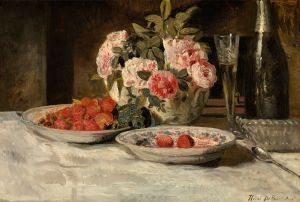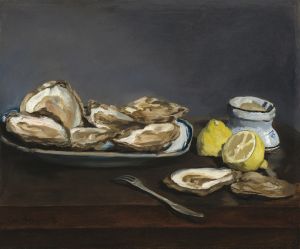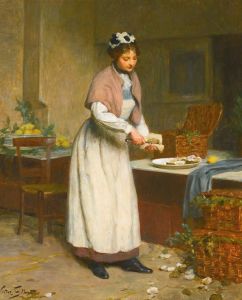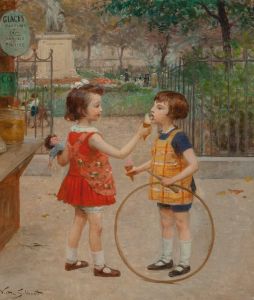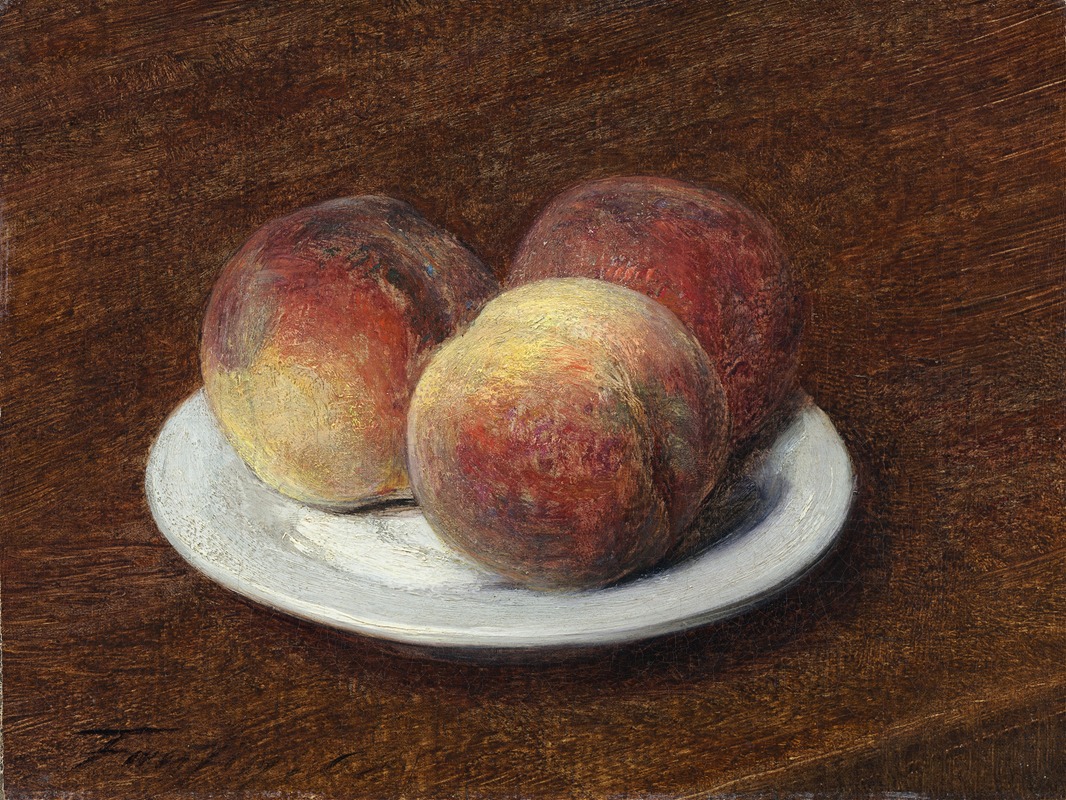
Three Peaches on a Plate
A hand-painted replica of Henri Fantin-Latour’s masterpiece Three Peaches on a Plate, meticulously crafted by professional artists to capture the true essence of the original. Each piece is created with museum-quality canvas and rare mineral pigments, carefully painted by experienced artists with delicate brushstrokes and rich, layered colors to perfectly recreate the texture of the original artwork. Unlike machine-printed reproductions, this hand-painted version brings the painting to life, infused with the artist’s emotions and skill in every stroke. Whether for personal collection or home decoration, it instantly elevates the artistic atmosphere of any space.
Henri Fantin-Latour was a renowned French painter known for his exquisite still life paintings and portraits. One of his notable works is "Three Peaches on a Plate," which exemplifies his skill in capturing the delicate beauty of everyday objects. Fantin-Latour was born on January 14, 1836, in Grenoble, France, and he became a significant figure in the art world during the 19th century. His works are celebrated for their meticulous attention to detail and subtle use of color.
"Three Peaches on a Plate" is a still life painting that showcases Fantin-Latour's ability to render simple subjects with elegance and precision. The painting features three ripe peaches placed on a plain white plate, set against a muted background. This composition highlights the artist's focus on the natural beauty of the fruit, emphasizing their texture, color, and form. The peaches are depicted with a soft, velvety texture, and their warm hues contrast gently with the cool tones of the plate and background.
Fantin-Latour's approach to still life painting was influenced by the Dutch masters of the 17th century, whose works he admired for their realism and attention to detail. However, he brought his unique sensibility to the genre, often infusing his paintings with a sense of tranquility and introspection. "Three Peaches on a Plate" is a testament to his ability to elevate ordinary objects into subjects of contemplation and aesthetic appreciation.
Throughout his career, Fantin-Latour maintained a close association with the Impressionist movement, although he never fully embraced its techniques. He was friends with several prominent Impressionist artists, including Édouard Manet and Edgar Degas, and exhibited alongside them in the Salon des Refusés in 1863. Despite these connections, Fantin-Latour remained committed to his own artistic vision, which was characterized by a more traditional approach to composition and technique.
In addition to still life paintings, Fantin-Latour was also known for his portraits and imaginative compositions. His portraits often depicted his contemporaries in the art and music worlds, capturing their likenesses with sensitivity and insight. Meanwhile, his imaginative works, such as those inspired by music and literature, revealed his interest in the symbolic and the fantastical.
"Three Peaches on a Plate" is a fine example of Fantin-Latour's mastery of still life painting, demonstrating his ability to transform simple subjects into works of art that invite viewers to appreciate the beauty in the mundane. The painting reflects his dedication to capturing the essence of his subjects with clarity and grace, a hallmark of his artistic legacy.
Henri Fantin-Latour passed away on August 25, 1904, in Buré, France, leaving behind a rich body of work that continues to be celebrated for its technical excellence and poetic sensibility. His paintings can be found in major museums and collections around the world, where they continue to inspire and captivate audiences with their timeless beauty.





